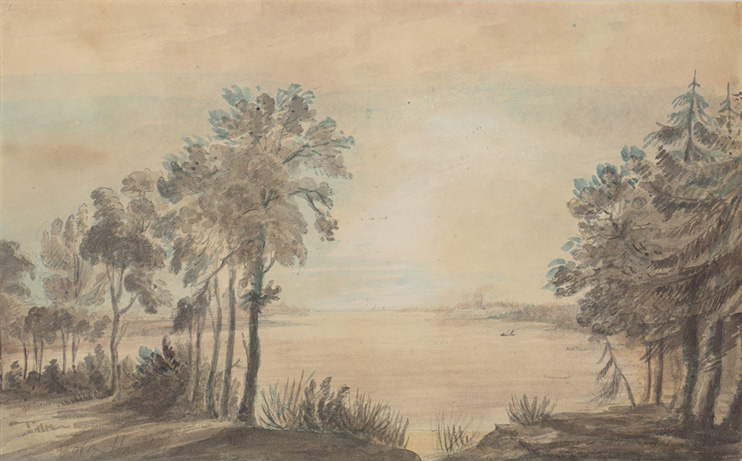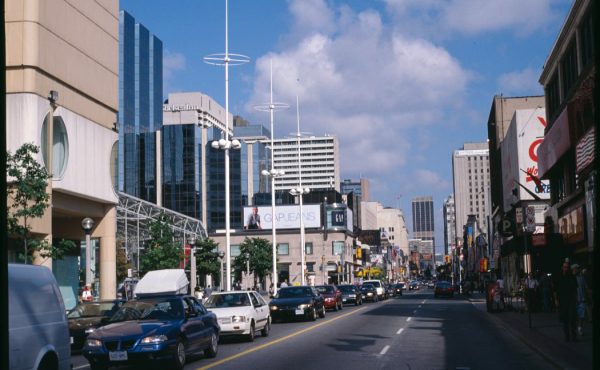Every Thursday, Spacing will bring you a snapshot of Toronto’s past, looking into what took place that day in the city’s history. Throwback Thursday will address how the city has evolved, with an emphasis on issues that remain relevant for development in Toronto today.
– – – – – – – – – – – – – – – – –
July 30th has been a prolific day in the history of Toronto. As Bruce West writes in his book Toronto:
“the real turning point in the transition of Toronto from a rough French outpost to a budding British community took place on July 30, 1793” (p. 18).
On that July 30th over two centuries ago, Elizabeth Simcoe and her three children Sophia, Francis (who Castle Frank was named after) and Katherine arrived aboard the Mississauga to establish the residence of Upper Canada’s Lieutenant Governor John Graves Simcoe in the frontier town of York.
Shortly after the family’s arrival that day, a large tent called the “Canvass House” was assembled for the Simcoes by the Queen’s Rangers while Elizabeth took the first of her famous strolls through the wilderness. An avid diarist, Elizabeth carefully recorder her many explorations around the settlement of York in what is now called The Diary of Mrs. John Graves Simcoe. Her diary has become a foundational text in the history of Toronto, providing a window into the birth of the city, its early residents and the natural landscape upon which Toronto was built.
Many decades later, July 30th also became the date of one of the young city’s early tragedies. Soon after William Lyon Mackenzie was elected Toronto’s first mayor in 1834, Mackenzie along with his council proposed to raise taxes in order to pay for pressing civic improvements, one of which was to build a new board sidewalk on King Street.
Much like today, raising taxes to improve ailing infrastructure and public spaces was a hard sell. A meeting called to protest the potential increase in taxes was held in a gallery of butchers’ stall in the recently completed St. Lawrence Market on July 30th, 1834. As the evening progressed, the speakers did their best to rally the crowd’s disapproval of the new tax proposal, who were now stomping and clapping to give voice to their anger.
Suddenly, the gallery collapsed, sending most of the gathered crowd through the floor. Many were crushed while others were impaled on some butchers’ hooks that had been hanging from the basement’s ceiling. The disaster led to eight deaths and 40 serious injuries.

On a more upbeat note, July 30th also happens to be a landmark day in the history of Toronto’s public transportation. Not only was the first trip along the Belt Line Railway taken today in 1892, but more recently, Toronto’s first two subway cars arrived from Montreal on this day in 1953. Made by the Gloucester Carriage Company in Gloucester, England, cars 5000 and 5001 were moved along a temporary track from Toronto’s waterfront to the Hillcrest TTC yards.
The following August, Toronto’s first two subway cars were towed along streetcar tracks down Bathurst Street to the Exhibition at the C.N.E. for display. For more information, see Transit Toronto’s page on the history of the Gloucester Series Cars.

Photos from the Toronto Public Library (TRL 970-7-2), The City of Toronto – Toronto Culture, Museums and Heritage Services (Reference No. 1978.41.61) and the Toronto Archives (Series 381, File 225, Item 10972-1), (Series 381, File 257, Item 11032-3).






